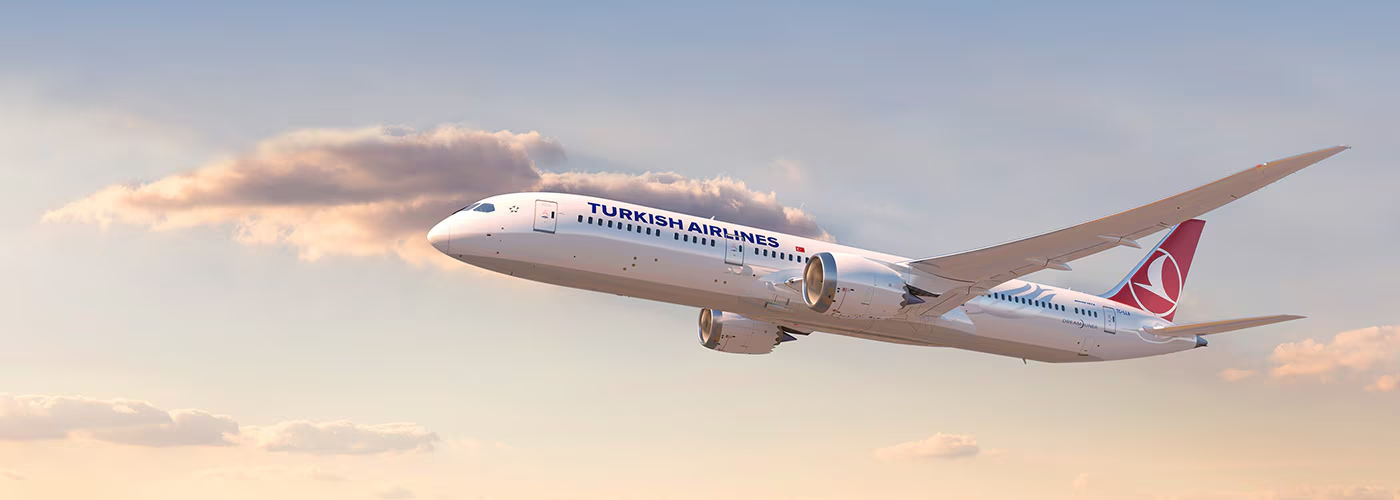Boeing, NASA, and United Airlines Collaborate to Test SAF Benefits with Air-to-Air Flights
In an epoch where environmental concerns are paramount, three giants from the aerospace and airline industries unite. Boeing, NASA, and United Airlines are collaborating on a series of in-flight tests, probing the impact of sustainable aviation fuel (SAF) on contrails and non-carbon emissions. The overarching goal is a profound one: to discern the holistic potential of SAF in mitigating the aviation sector’s climate footprint.
Boeing’s ecoDemonstrator Program

The heart of this collaborative endeavor is Boeing’s second ecoDemonstrator Explorer, a 737-10 tailored for United Airlines. This aircraft is uniquely equipped to carry both 100% SAF and regular jet fuel in distinct tanks. This bifurcation allows for the pivotal part of the experiment – alternating between fuels during flight to juxtapose their respective emissions and environmental impacts.
NASA’s iconic DC-8 Airborne Science Lab is poised to play a crucial role. It will tail the commercial jet during these tests, meticulously capturing data on the emissions and contrail ice particles spawned by each fuel variant. Augmenting this effort, a fleet of NASA satellites will be vigilantly monitoring from space, snapping images of the contrail formations throughout the duration of the test phase.

Contrails, the often mesmerizing trails that form behind aircraft as they traverse cold, humid altitudes, are more than just eye candy. They are a meteorological phenomenon, and their role in atmospheric warming is still a subject of ongoing scientific debate. By analyzing how different fuels influence these contrails, researchers hope to gain vital insights into their broader environmental implications.
Research Objectives and Collaborative Support
Innovation is at the core of this project. The mission isn’t just to test SAF’s direct emissions but to also delve into how state-of-the-art fuels, contemporary engine combustor designs, and other burgeoning technologies might coalesce to reduce atmospheric warming.
World Energy, a notable name in the SAF domain, will be furnishing the fuel for these tests from its Paramount, California base. Further buttressing this endeavor is a spectrum of support from esteemed institutions:
- The U.S. Federal Aviation Administration (FAA) is extending funding via the ASCENT Center of Excellence.
- GE Aerospace will contribute both in terms of technical prowess and project financing.
- German Aerospace Center (DLR) will infuse the project with expert insights and cutting-edge instrumentation.
The underpinnings of this project can be traced back to a multi-year alliance between Boeing and NASA. The duo has been relentlessly exploring SAF’s potential to not just slash direct emissions but also offer other tangential environmental boons. Preliminary insights are promising; for instance, compared to its traditional counterpart, SAF can curtail life-cycle emissions by an impressive 85%. Furthermore, its propensity to release minimal soot could be a game-changer for air quality around busy airport hubs.
Stakeholder Perspectives

Photo by OLIVIER DOULIERY—AFP/GETTY IMAGES
“We are honored to collaborate with NASA, United Airlines, and other valued partners on research that will strengthen the industry’s understanding of the benefits of SAF beyond reducing carbon emissions”
Boeing Chief Sustainability Officer, Chris Raymond.
Various stakeholders, including United Airlines, GE Aerospace, and DLR, voiced their aspirations and commitments. Lauren Riley, United’s Chief Sustainability Officer, highlighted the broader implications of SAF beyond mere greenhouse gas metrics. GE Aerospace and DLR underscored their unwavering support and the international ethos of this venture, emphasizing the need for collaborative innovation to truly revolutionize aviation’s environmental footprint.
Flight testing is intricate but indispensable. It is the yardstick against which sustainable aerospace innovations are gauged. With our DC-8 at the helm, we anticipate that the data garnered will be instrumental in refining our climate predictive models.”
Rich Wahls, NASA’s mission integration manager for the Sustainable Flight National Partnership
Looking Ahead

The Boeing ecoDemonstrator program is not static. Recent expansions have seen the inclusion of Explorer planes, designed for short-term, specialized test endeavors. To cite a few milestones, Boeing and NASA embarked on SAF emissions ground tests with an Alaska Airlines 737-9 in 2021. This was followed by rigorous tests with the ecoDemonstrator 777-200ER and 787-10 flight-test jets in 2022.
Boeing has fervently pledged to deliver commercial airplanes compatible with 100% SAF by 2030, underscoring their commitment to a more sustainable future for aviation. The 737-10, the crown jewel of Boeing’s single-aisle 737 MAX family, stands as a testament to this promise, boasting a 20% reduction in fuel use and emissions compared to its predecessors.
The future of aviation hinges on both technological innovations and collaborative endeavors. This partnership between Boeing, NASA, and United Airlines encapsulates this ethos, leveraging cutting-edge research to address the pressing environmental challenges of our era. While the road to sustainable aviation is complex, the commitment and expertise of these industry giants offer a promising path forward.
How do you envision the future of sustainable aviation, and how can collaborations like these shape the trajectory of the industry? Tell us in the comments below.
Youssef Yahya is the CEO and Founder of Aviation for Aviators, a platform dedicated to the aviation industry. With over 3 years of experience as an aviation writer, Youssef is passionate about sharing his insights on aviation, entrepreneurship, and the broader business landscape. As a Teaching Assistant in Entrepreneurship at Nile University, he also nurtures the next generation of entrepreneurs. When he’s not exploring the skies or business ventures, you can find him saying, ‘Drag your coffee, and let’s talk aviation, entrepreneurship, and football.’
You might also like:
- Supersonic Passenger Jets; The Future of Faster Travel
- Smoke Incident Delays Emirates Flight EK547
- The birth of the first airline
- Avolon Commits to 40 More 737 MAX Airplanes to Bolster Its Fleet
- Why Did Boeing Choose Not to Upgrade the 757?
Discover more from Aviation for Aviators
Subscribe to get the latest posts sent to your email.












Post Comment